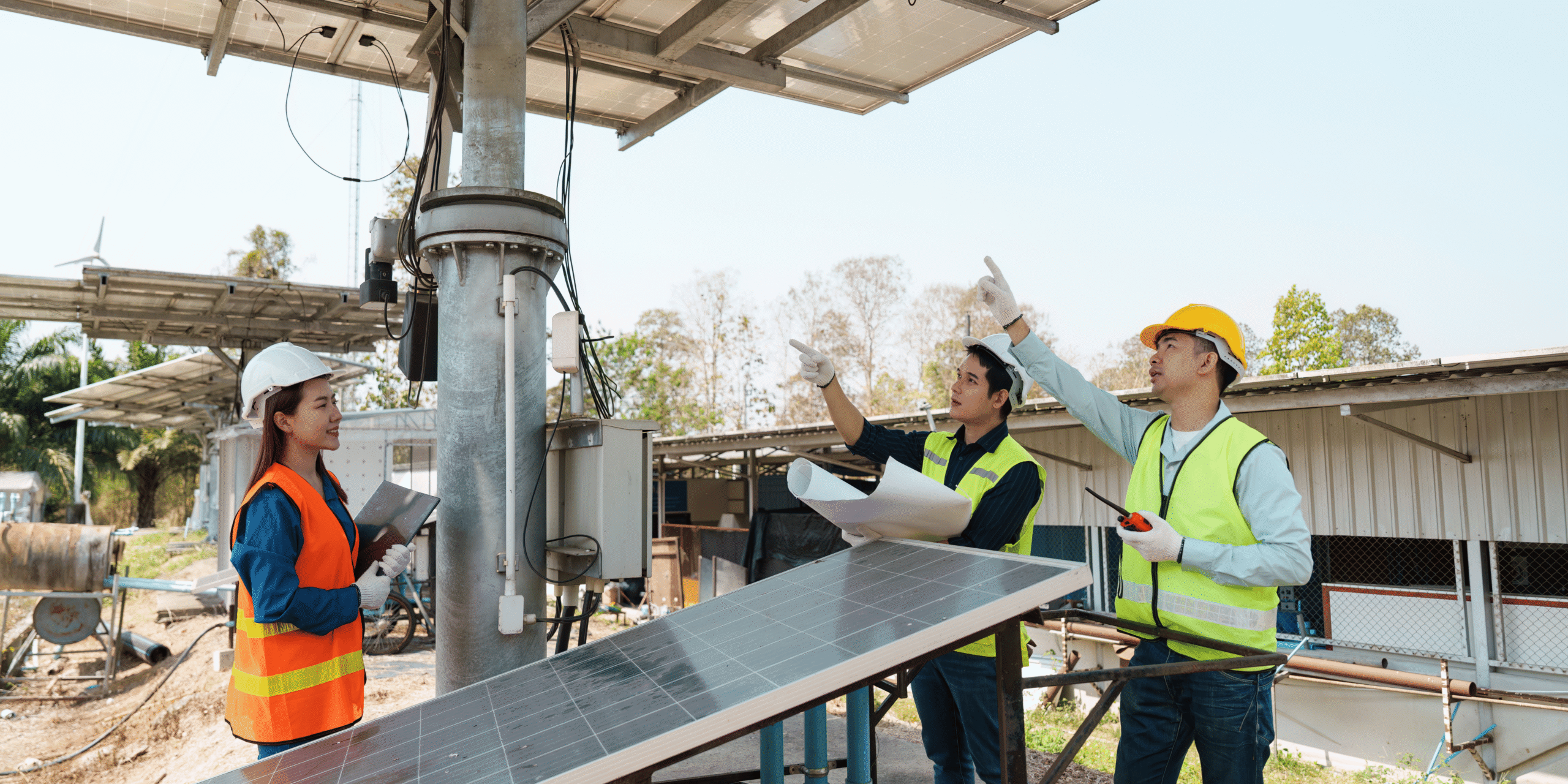Switching to solar energy is one of the best choices you will make in terms of home or businesses. It reduces your electricity bills, improves property value, and also makes the environment cleaner. However, the major question that most homeowners ask before going solar is: How long does it take to install solar panels?
The answer depends on several factors from the size of your system to local permits and inspections. In general, the full process can take anywhere from 1 to 3 months, though the actual installation on your roof usually takes just 1 to 3 days.
Let’s break down each stage of the process so you know what to expect.
Understanding the Solar Installation Timeline
Installing solar is not as simple as placing some panels over your roof. It involves planning, design, approvals, and inspections.
Here’s a general overview:
| Step | Description | Estimated Time |
| Site Evaluation & Design | A technician visits your home to evaluate your roof and energy needs. | 1–2 weeks |
| Permitting & Paperwork | Applications are submitted to local authorities and your utility company. | 2–6 weeks |
| Installation Day(s) | Solar panels and equipment are installed. | 1–3 days |
| Inspection & Utility Approval | Your system is inspected and connected to the grid. | 1–3 weeks |
Step-by-Step Breakdown of the Solar Installation Process
Site Evaluation and System Design (1–2 Weeks)
After making your decision to go solar, your solar provider will arrange to have a site assessment.
On this visit, a technician or engineer will:
- Check the roof condition and its inclination
- Shade measure adjacent trees or buildings
- Test your electric panel and cabling
- Determine your energy consumption habits
The design phase can be completed in a matter of days to two weeks depending on the speed at which measurements and approvals are made.
Permitting and Paperwork (2–6 Weeks)
This is the stage that may take the longest time. Your solar company should seek the approval of your local building department and utility company before starting installation.
Here’s what this step includes:
Building Permits: Your installation should comply with safety and zoning codes that are ensured by local authorities.
Utility Interconnection Approval: Your utility organization inspects your system in order to authorize its connection to the grid.
Homeowners Association Approval (if applicable): In certain areas, approval is made by the HOA prior to installation.
Most reputable solar companies will take care of this. But depending on your city or state, this step may take 2 to 6 weeks.
Pro Tip:
In a state with significant solar demand, such as California, Texas, or Florida, it might require a longer time to permit because of backlogs. Ask your installer about local schedules.
Solar Panel Installation (1–3 Days)
After you have approved your permits, next comes the installation day.
A typical home solar installation takes 1 to 3 days depending on:
System size: Bigger systems that have more panels take longer
Type of roof: Complex or steep roofs take a long time to install safely
Weather conditions: Work may be postponed due to heavy rain or wind
Here’s what usually happens during installation:
Installation of the mounting system: The racking (metal framework binding the panels) of your roof is mounted by technicians.
Panel installation: Solar panels are attached to the racks.
Wiring: The staff will run the electrical wiring between the panels to an inverter and your power panel.
System testing: Before the installers can go, they test everything to make sure that it is working properly.
At this stage, your panels are in place but not yet producing power until they pass inspection and receive utility approval.
Inspection and Interconnection (1-3 Weeks)
Local authorities and your utility provider should inspect your system after installation after which it can be switched on.
City or County Inspection: A certified inspector will perform an inspection to see whether the system is in compliance with safety and code requirements.
Utility Interconnection: Your utility authorizes a net meter which is installed on your utility and measures the amount of solar energy that you are sending back to the grid.
System Activation: After approval, your solar provider will switch your system on, or as it is commonly known, Permission to Operate (PTO).
This process usually can be done in 1-3 weeks depending on the timing of your local utility.
Factors That Can Affect the Installation Timeline
Although the installation process is governed by the 1–3-month schedule, some aspects may accelerate or reduce the time.

Roof Condition
When repaired or replaced before solar is installed, this may add 1-3 weeks to the schedule. During the visit of the site, solar companies tend to examine the quality of roofs.
System Size and Complexity
A small domestic power system (5-10 kW) can be completed more quickly than a large business one. Installation time may increase in cases of complex layouts, angles of the roof, or storage of the battery.
Local Permitting Rules
Each city or county possesses its own permitting requirements. There are those that provide instant online permits, whereas others continue using paper forms and manual approvals.
Interconnection Delays of Utility
The rate at which utility companies respond to an application is different. Some are approved in a matter of days, whereas others take weeks.
Weather Conditions
Delays in installation due to heavy rain, snow, or high wind can occur. Most solar companies watch weather forecasts and plan their activities during a sunny day.
How to Speed Up Your Solar Installation
Here are a few tips to help ensure your project moves smoothly:
Choose an experienced solar installer: Reputable firms have formed ties with the local permitting offices and utilities.
Prepare your roof: Your roof may be old so you may need to replace or repair it before installation.
Respond quickly: When your solar company is asking you to sign or provide documents, do it as soon as you receive the request.
Research local regulations: It is better to investigate the permitting in your city beforehand to be able to plan feasible timelines.


